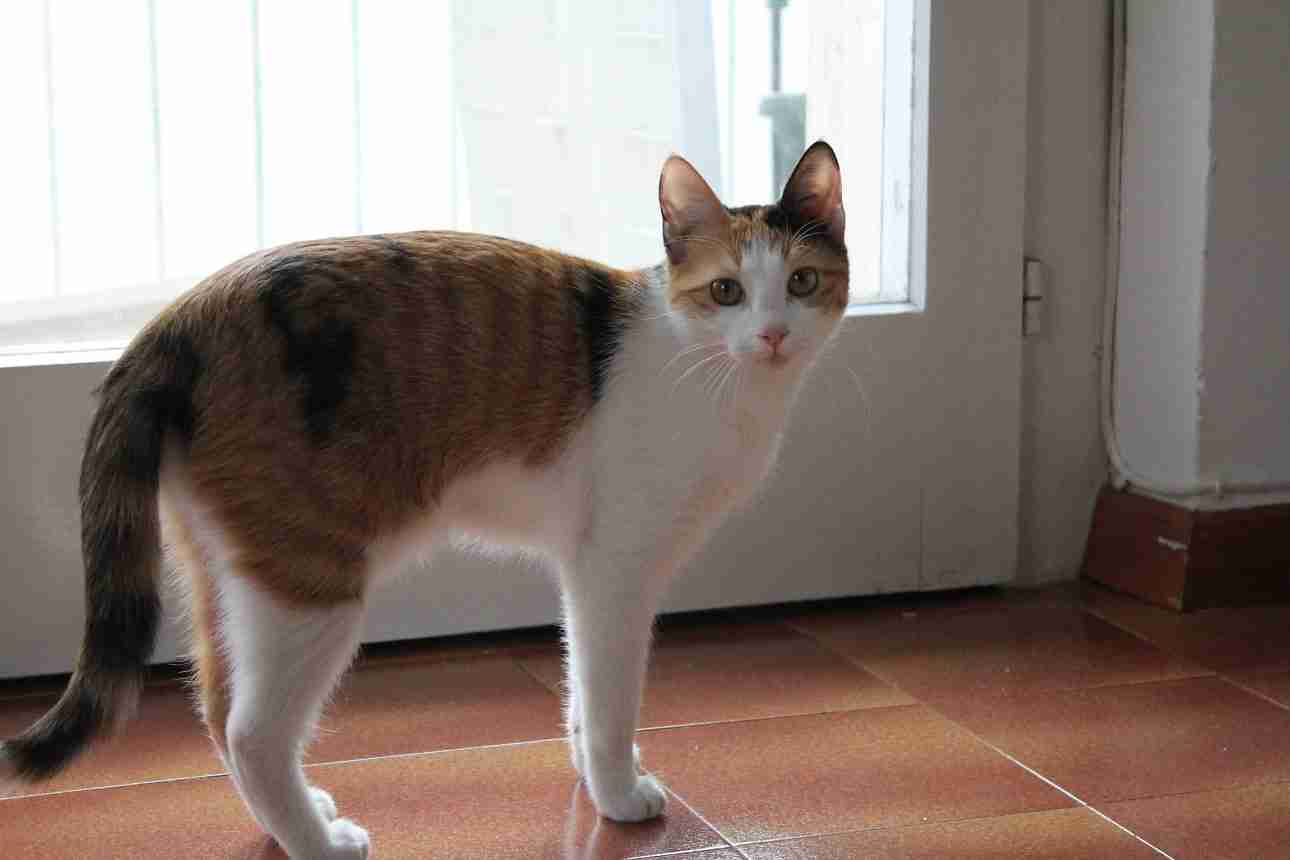Stress in cats: causes, symptoms and remedies


Cats chose hiding places that are unreachable, perfect for camouflage or they can jump inside: we listed 10 possible cat hiding places in our recent blog. But do we know...
By Sonia Campa
Domestic cats have always been a point of contention for human beings, so much so that in the course of history they have gone from being objects of...